
views
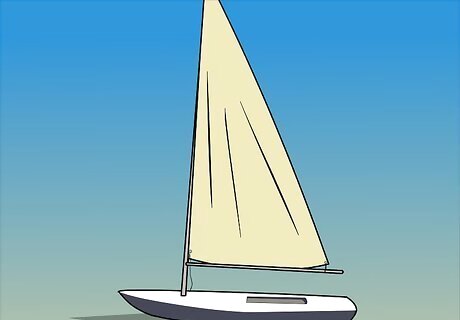
Get all your parts together. You should have the boat itself (the hull), the dagger board, the rudder and tiller, your mainsheet, both mast pieces, boom, boom bang and sail in one place.
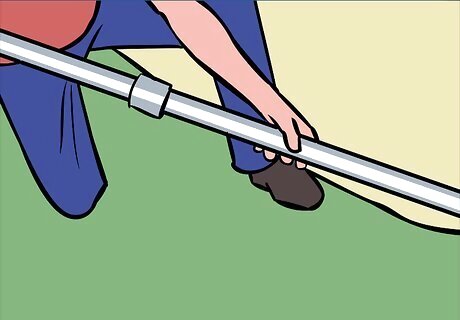
Put together both the pieces of your mast. The bottom of the top half just slides into the top of the bottom half. There are no locks, or anything, it should just fit snugly.
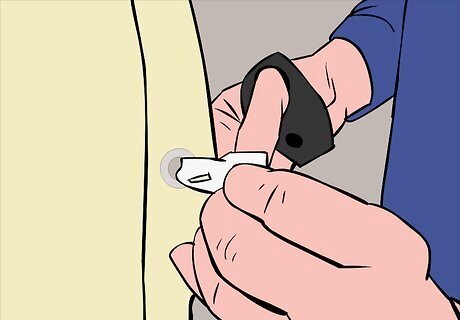
Slide the sail over the mast. There will be a pocket along one side of the sail to slide over the mast.
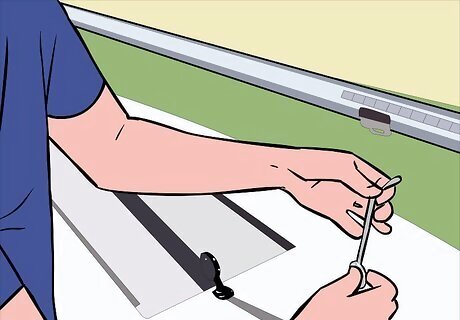
Insert the battens into the sail, they should slide in and then you push your end of the batten down so it won't fall out.
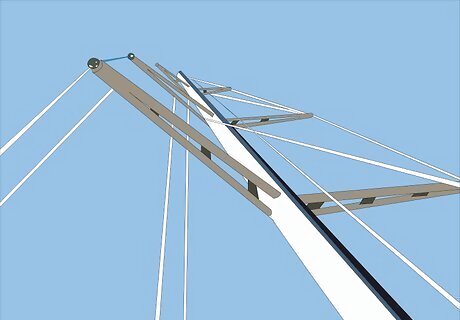
Stand up the mast. This is the hardest part of the entire rigging process, so be careful, no-one likes a broken mast or hull. You stand up the mast, make sure it's right next to the bow of the laser, and pick it straight up off the ground, and put it into the mast step (the hole at the front of your laser). A way to make this easier is to grab the mast around the middle, then walk forward thereby pushing the sail up. While walking you should also move your top hand up to have better control of the mast. The sail should now be flapping in the wind.
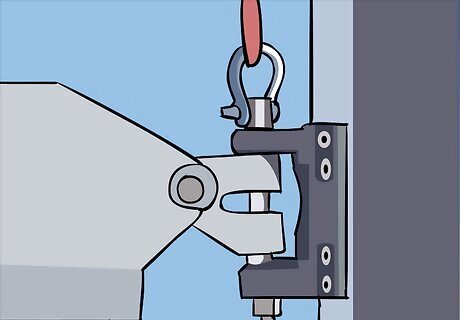
Get your boom, and put its front end into the gooseneck (the little pin sticking out of your mast). Hold it in there, as it will fall off without any other support.
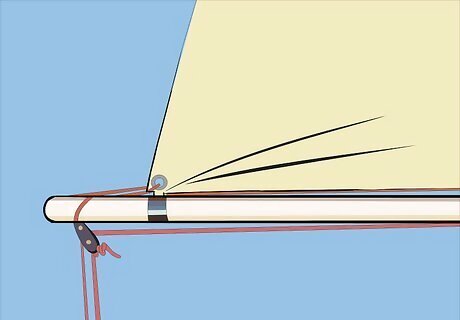
While still holding the boom on the gooseneck, walk around to the flapping end of the sail. Grab the outhaul (the line on the very end of the sail), and put it through the eye at the end of the boom. Now run the line down the boom, and cleat it off. If you have cleated the outhaul properly, the boom should now stay up on its own.
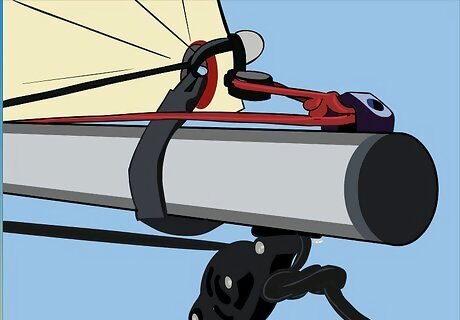
Attach the clew-tie-down (a small line that wraps around the ring the outhaul is attached to) and wrap it around the boom and tie it so that the clew is as close to the boom as it can be while still being able to slide back and forth along the boom.
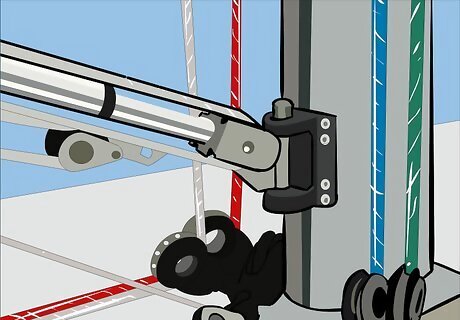
Attach the boom vang (This piece holds the boom down while you're sailing). Supposing it is already rigged itself, you only have to attach it to the bottom of the mast, then slide it into the little metal clip on the bottom of the boom. Now pull down on the hanging line, and then pull straight up to cleat it.
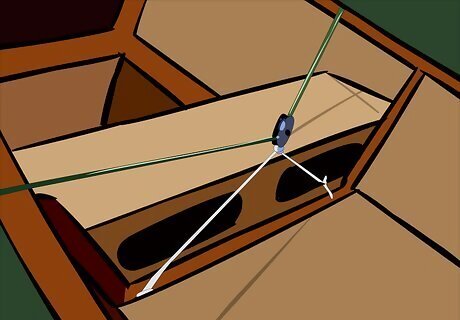
Rig the mainsheet. Take one end of it, go to the end of the boom, and tie it around the eye on the bottom of the pulley there. Do not put it through the pulley itself; you're going to need that pulley in a moment. Now that it's tied off, find the other end of your line, and run it through the traveler on the stern of the boat. Then run it back up, through the pulley on the end up the boom, then forward across the bottom of the boom, through that metal loop, through the next pulley, and then down through the main block at the front of the cockpit. Make sure that your main block clicks when you pull the mainsheet through it - if it doesn't, you have to run the mainsheet through the other side of the main block. Then tie a knot in the very end of the mainsheet, so the line can't run back through the main block when you are sailing or if you capsize.
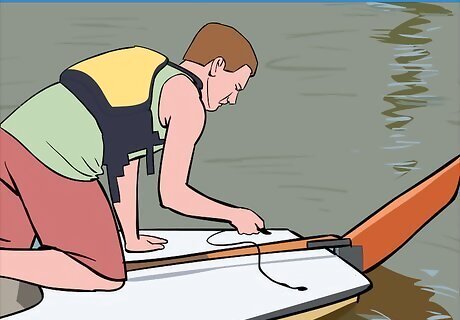
Just before you put the laser in the water, check to be sure the hull plug is screwed into the drain hole in the stern. Then attach the rudder, tiller and daggerboard. Slide the rudder pins into the eyes on the backside of the laser, and make sure that the clip is holding it down. Test it by pulling up on the rudder. Then put on the tiller by sliding it into the space on the top of the rudder. Once it's in, insert the pin to hold it there. Tie the dagger board with a long loop of elastic to the eye at the very front of the boat. Verify the elastic creates enough friction that the daggerboard will stay up or down (even when you invert the boat).
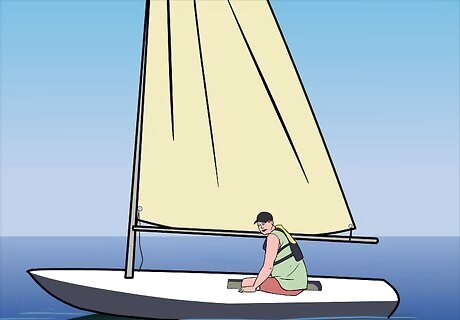
Launch. The last thing you need to do, just before you start sailing, is tie down the rudder. There is a tiny string, found anywhere around the rudder and tiller, that you have to pull on to bring down the rudder. Once it's down, tie off the string on the cleat that is on the side of your tiller, and you're set to sail!

















Comments
0 comment